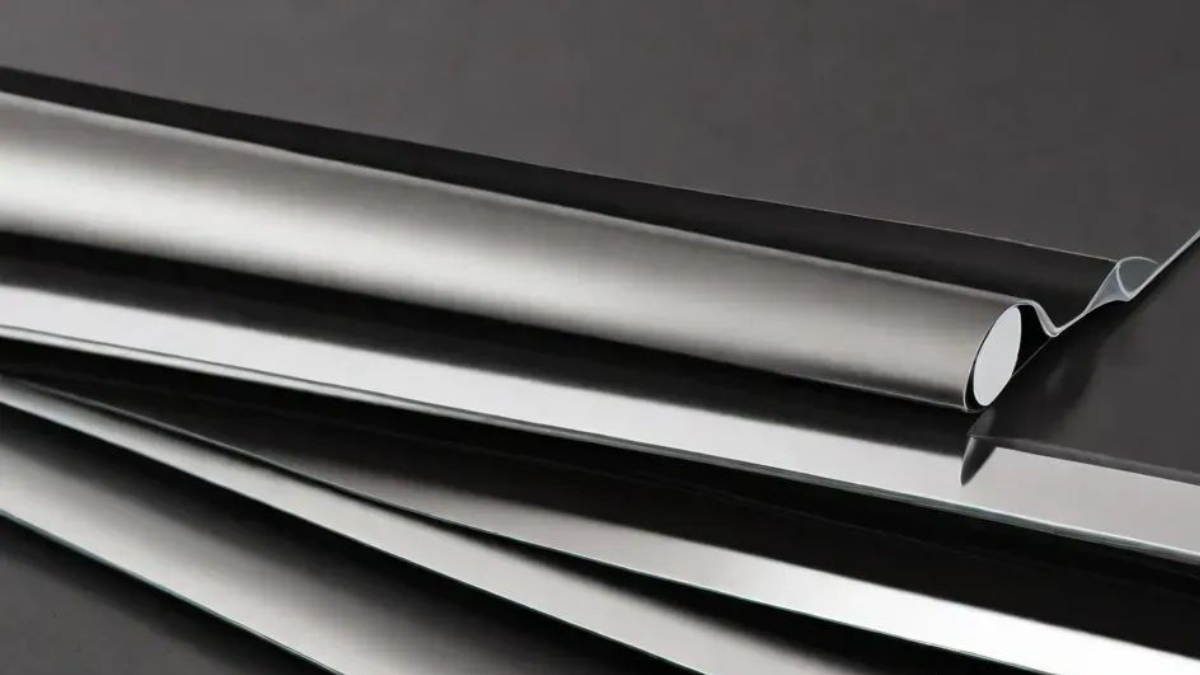
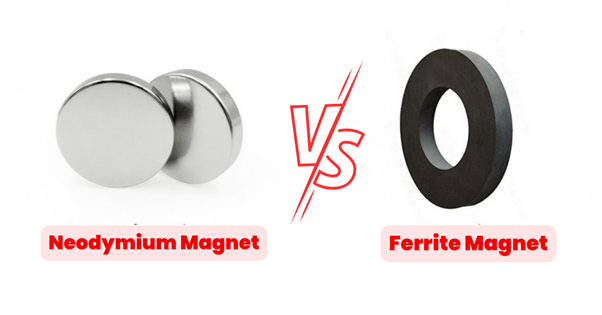
If you’re in the market for a new magnet, you may be wondering which type is best for your needs.
Neodymium disc magnets and ferrite magnets are two of the most popular types of magnets on the market, and while they may appear similar, there are several key differences between them.
In this blog post, we’ll explore the key differences between neodymium disc magnets and ferrite magnets so that you can make an informed decision when shopping for a new magnet for your project.
Neodymium or NdFeB magnet is the strongest permanent magnet on the earth. It has neodymium, iron, and boron as its key elements.
These powerful magnets are used in everything from hard drives and MRI machines to electric motors and cordless tools. They are available in various shapes such as neodymium disc magnets, neodymium ring magnets, and neodymium cylinder magnets.
What makes neodymium magnets so strong? They have a very high magnetic field strength for their size. The magnet can have2-7 times more magnetic power than standard ferrite magnets of the same dimensions. Because they’re so powerful, neodymium magnets are used in devices that require strong magnetic fields.
Ferrite magnets, also termed ceramic magnets, are permanent magnets obtained from a composition of iron oxide (Fe2O3) and other elements, commonly strontium or barium. They are named after their main component, ferrite, which is a type of ceramic material.
Ferrite magnets have several desirable properties that make them useful in a variety of applications. They have good resistance to demagnetization and can retain their magnetism over a long period. They are also relatively inexpensive to produce compared to other types of permanent magnets.
While ferrite magnets are not as powerful as neodymium magnets, they are still suitable for many applications where moderate magnetic strength is required. Their affordability, stability, and availability in different shapes and sizes make them a popular choice in many industries.
Ferrite magnets are great for craft projects, magnetic boards, and fridge magnets. They come in a variety of shapes like disks, blocks, rings, and rods.
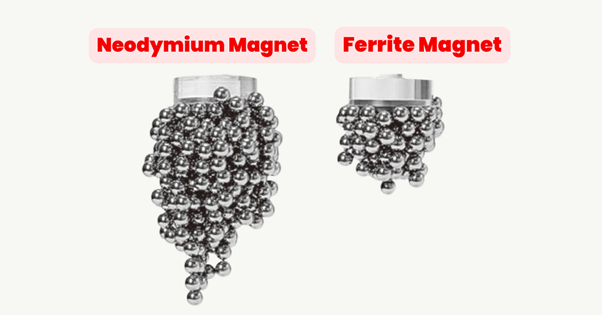
Due to their higher strength and smaller size, neodymium disc magnets are used in many modern electronic devices, including headphones, speakers, and hard drives. They are 2-7 times stronger than a ferrite magnet, enabling them to lift more than any other type of magnet is a similar size.
Ferrite magnets, on the other hand, are used in many more traditional applications, such as fridge magnets, motor magnets, and holding magnets for doors and cabinets. However, the choice of magnet depends on the specific application requirements.
Ferrite magnets offer advantages over neodymium magnets when it comes to maintaining magnetization at higher temperatures due to their higher Curie temperature.
While some neodymium magnets can be treated in temperatures above 200 °C, they are generally more expensive than lower temperature grades.
On the other hand, ferrite magnets can withstand temperatures up to 300 degrees Celsius, and their coercivity increases as the temperature rises. This means that as the temperature increases, ferrite magnets show greater resistance to demagnetization.
However, it’s worth noting that ferrite magnets can have magnetic field loss at higher temperatures, with a decrease of about 0.20% per degree Celsius.
Neodymium magnets are easier to machine (such as grinding, cutting, EDM, or abrasive water-jet) compared to ferrite magnets, especially when it comes to small, precision parts. When making small parts, the cost is primarily determined by the machining process rather than the material itself.
While NdFeB (Neodymium Iron Boron) is relatively brittle compared to other metals, ferrite magnets are even more brittle and pose greater challenges for machining. Therefore, there is a certain size or complexity threshold where it becomes more expensive to manufacture a ferrite part compared to an equivalent neodymium part due to the difficulties in mechanical processing.
It’s worth noting that as the size of the parts decreases, the cost per kilogram may increase, but the unit cost generally decreases. This is because as the parts become smaller, the total cost is influenced more by the surface area. As parts shrink, the ratio of surface area to unit volume increases.
Sure, neodymium magnets tend to cost more than ferrite magnets.
However, their exceptional strength and durability mean that fewer neodymium magnets are required for most applications.
Whether you choose a neo-disc magnet or a neo-cylinder magnet, these magnets are used for most industrial, commercial, and technological applications where high magnetic forces are required, neodymium is the superior choice.
If budget is a concern, ferrite magnets are more affordable. They are made from inexpensive raw materials and are very economical to produce. Neodymium magnets, which require rare earth elements, tend to cost significantly more.
Ferrite magnets are made from more abundant, inexpensive materials and are cheaper to produce. That’s why they might fit small projects.
If you need magnets in large volumes or for a product with a low-profit margin, ferrite magnets may make more economic sense.
Neodymium magnets are often criticized for their poor corrosion resistance, but they typically come with a corrosion-resistant coating, unless specifically requested without it.
The default coating is nickel-copper-nickel (NiCuNi), which provides excellent corrosion resistance and a clean appearance for most applications, without needing additional coatings.
This standard coating is cost-effective and adds only a minimal expense. However, for applications that require higher corrosion resistance, other coatings are available at a slightly higher cost. This means that NdFeB magnets can be used in various corrosive environments without issues.
In contrast, ferrite magnets generally do not require any coatings at all. This distinction influences several design choices in favor of ferrite magnets.
When it comes to applications, neodymium magnets, and ferrite magnets each have their strengths. Depending on your needs, one may suit your purposes far better than the other.
If you need a magnet with serious holding power, neodymium is the way to go.
They are ideal for applications where the most powerful magnetic force is required, such as:
Ferrite magnets have a weaker magnetic field, so they are better suited for lighter-duty applications where less holding power is needed, such as:
While both Neodymium Disc and Ferrite Magnets have their respective strengths and uses, it is important to consider the environmental impact of using these magnets. Neodymium Disc magnets contain rare earth elements, which are often extracted using harmful chemicals and practices. This can result in soil and water contamination and even human health risks.
On the other hand, Ferrite Magnets are less harmful to the environment as they do not contain any toxic materials.
While ferrite magnets have been around for decades and are very affordable, neodymium magnets are the clear winner if you need a powerful magnet for any application. Yes, they do cost more, but for many projects, the added power is well worth the investment. If you’ve been on the fence about which type of magnet is right for your needs, hopefully, this overview has helped make the choice more clear. If you still have any doubts, you can reach out to us at Rochester Magnet to learn which magnet can work for your project.
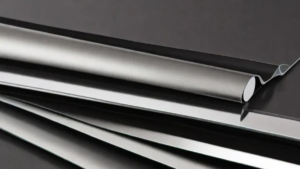
Magnetic sheeting is a flexible material that can be magnetized on one side and often has an adhesive or printable surface on the other. It
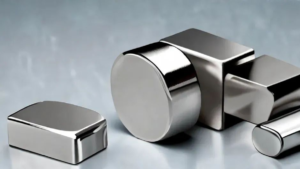
Magnets come in various shapes and sizes, each designed for specific uses. Understanding the different shapes of magnets, their properties, and their applications can help
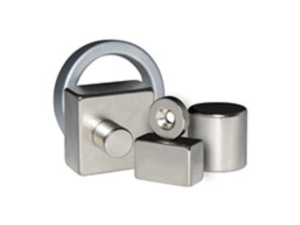
Magnets are a fascinating part of our everyday lives, from the magnets on our fridge doors to the powerful magnets used in advanced technology. There
Our magnet experts will help you get exactly what you need – custom or stock – in record time with great quality at a very competitive price.
Ⓒ 2024 - All Rights Are Reserved